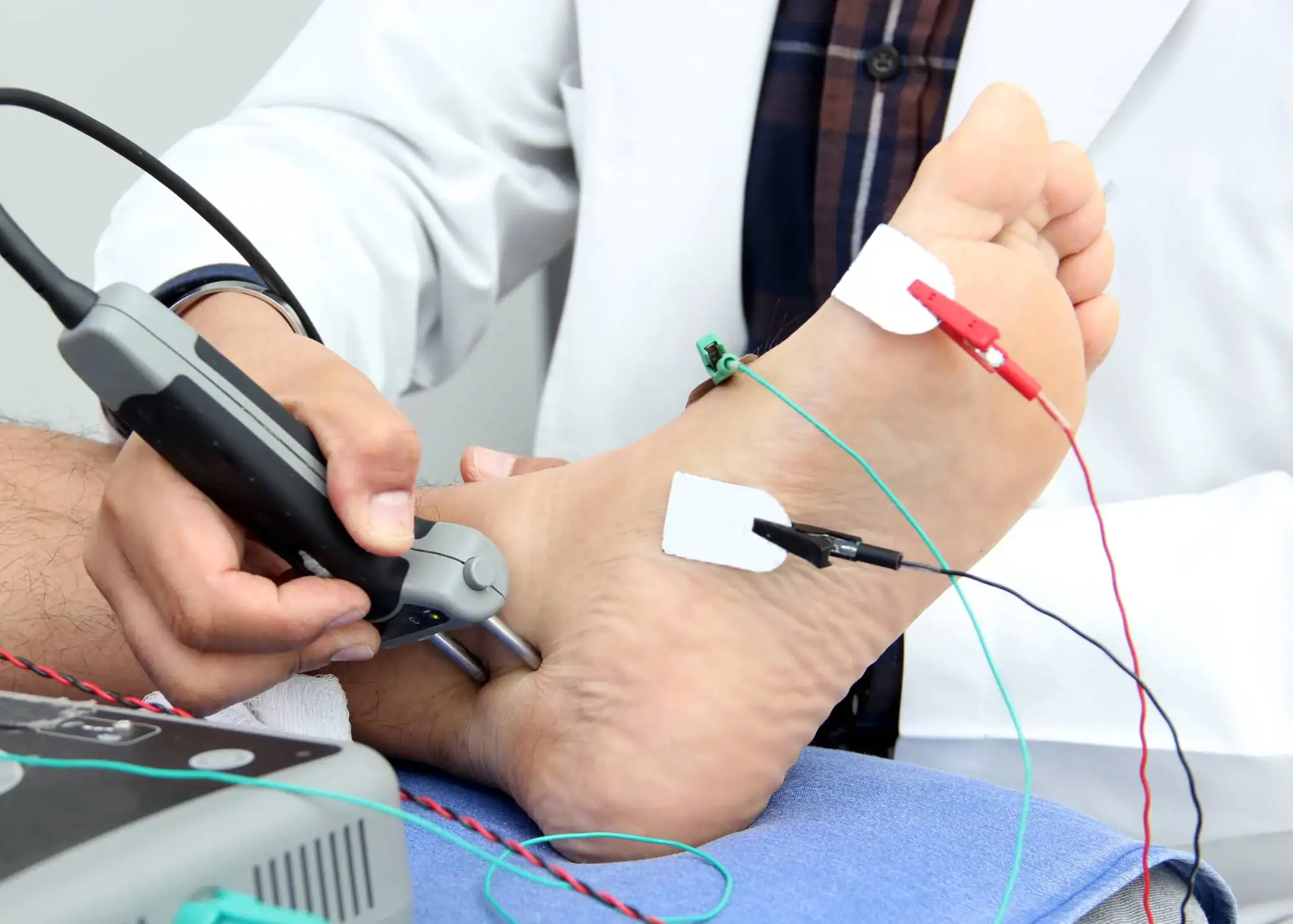Advanced EMG and nerve conduction testing reveals exactly what’s causing your pain, numbness, or weakness.
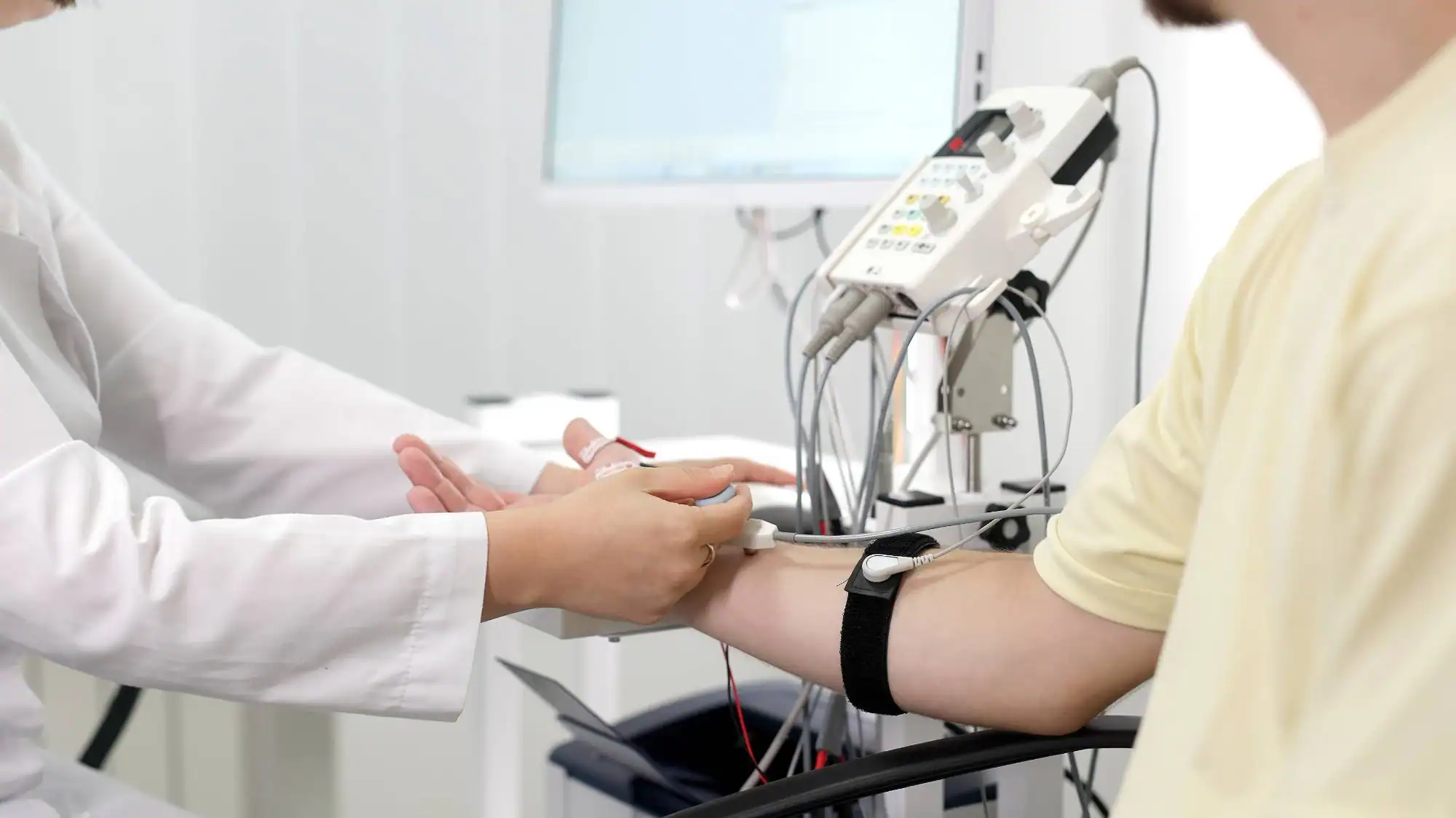
Reviews
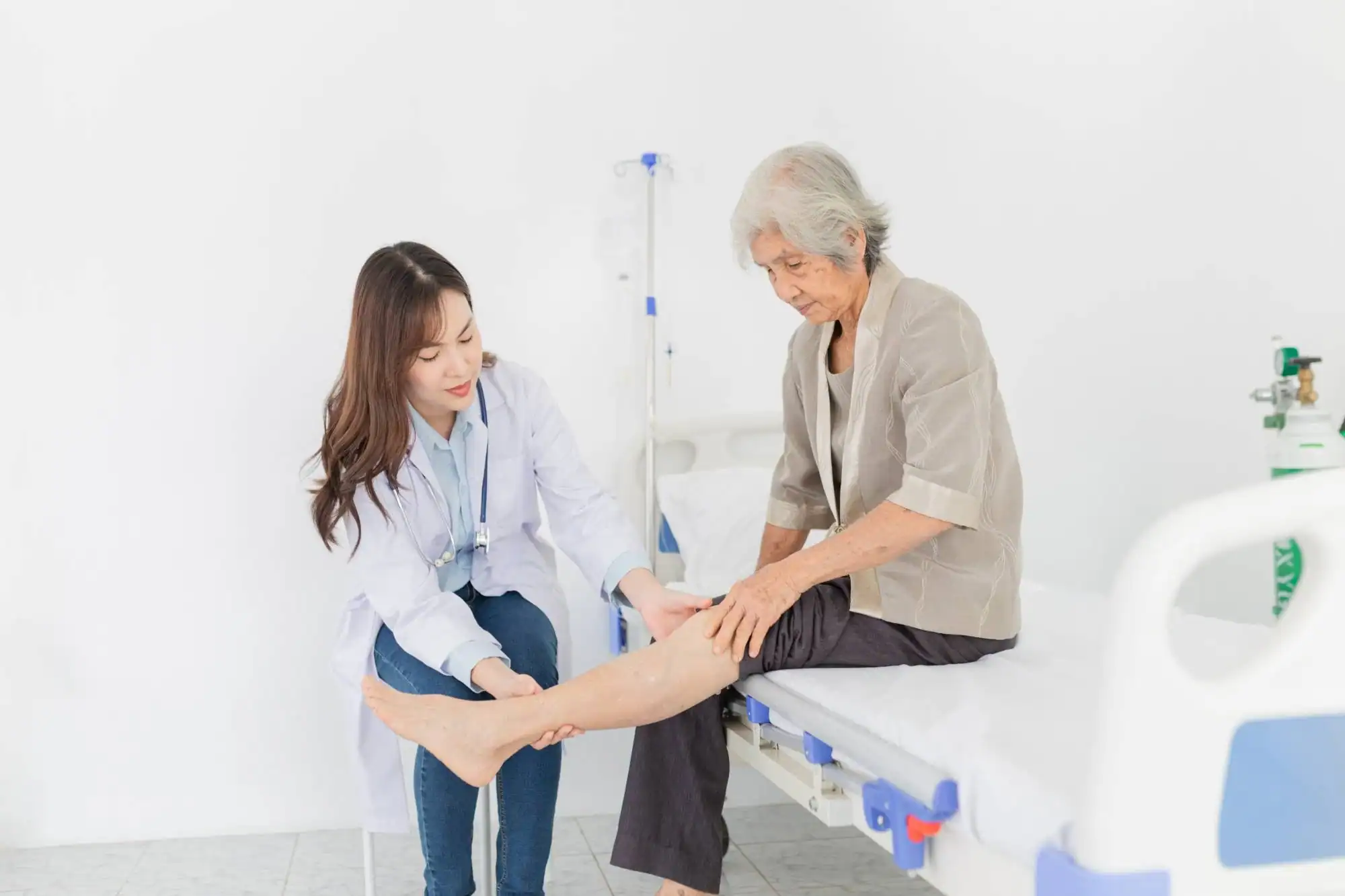
You’ve been dealing with numbness in your hands for months. Or maybe it’s that shooting pain down your leg that nobody can explain. The tingling that keeps you awake at night.
Here’s what changes when you get proper nerve and muscle testing. You stop guessing about what’s wrong. You get specific answers about which nerves aren’t working right and why your muscles feel weak.
The EMG and nerve conduction studies we perform measure exactly how your nerves and muscles communicate. When there’s a problem – whether it’s carpal tunnel, a pinched nerve in your spine, or diabetic neuropathy – these tests show us precisely where the issue is and how severe it’s become. You walk out knowing what you’re dealing with instead of wondering if the problem is in your head.
NY Spine Medicine has been serving the Throggs Neck community with specialized nerve and muscle testing for years. Our physicians are board-certified and trained specifically in electrodiagnostic medicine – not general practitioners trying to figure it out as they go.
You’re not getting shuffled through a massive hospital system where you’re just another number. This is focused, specialized care where we actually have time to explain what we found and what it means for you.
We built our reputation on giving people clear answers about nerve and muscle problems that other doctors couldn’t diagnose properly.
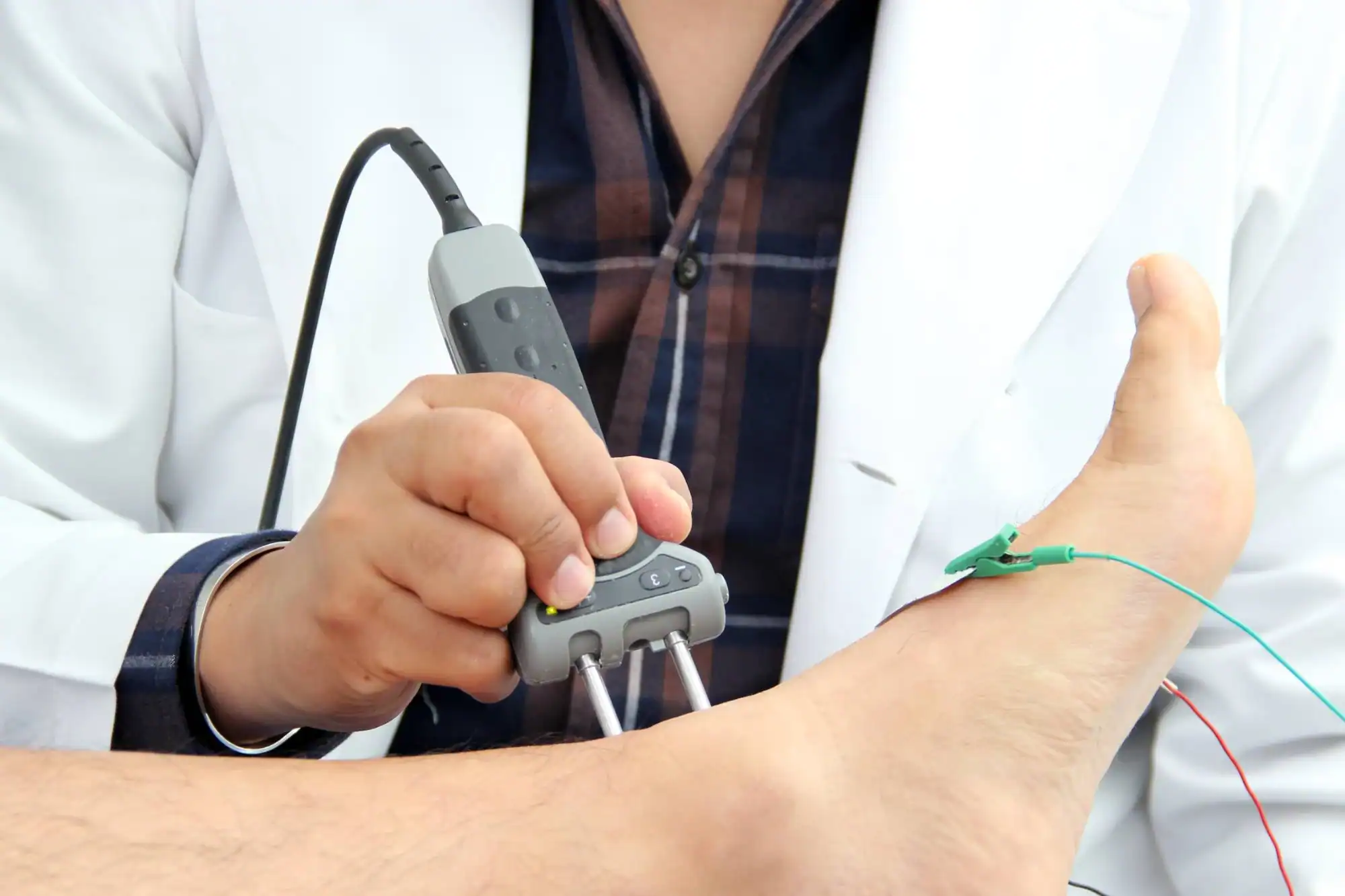
The nerve conduction study comes first. Small electrodes go on your skin, and we send tiny electrical pulses to measure how fast and strong your nerve signals are. It feels like small taps or mild static – uncomfortable for a second, but not painful.
Next is the EMG, or electromyography. A thin needle electrode goes into specific muscles to measure their electrical activity. We check how your muscles respond when they’re at rest and when you contract them. This tells us if the problem is in the nerve, the muscle, or the connection between them.
The whole process takes about 45 minutes to an hour, depending on which areas we’re testing. You get results the same day, not weeks later. We explain exactly what we found, what it means, and what your options are for treatment.
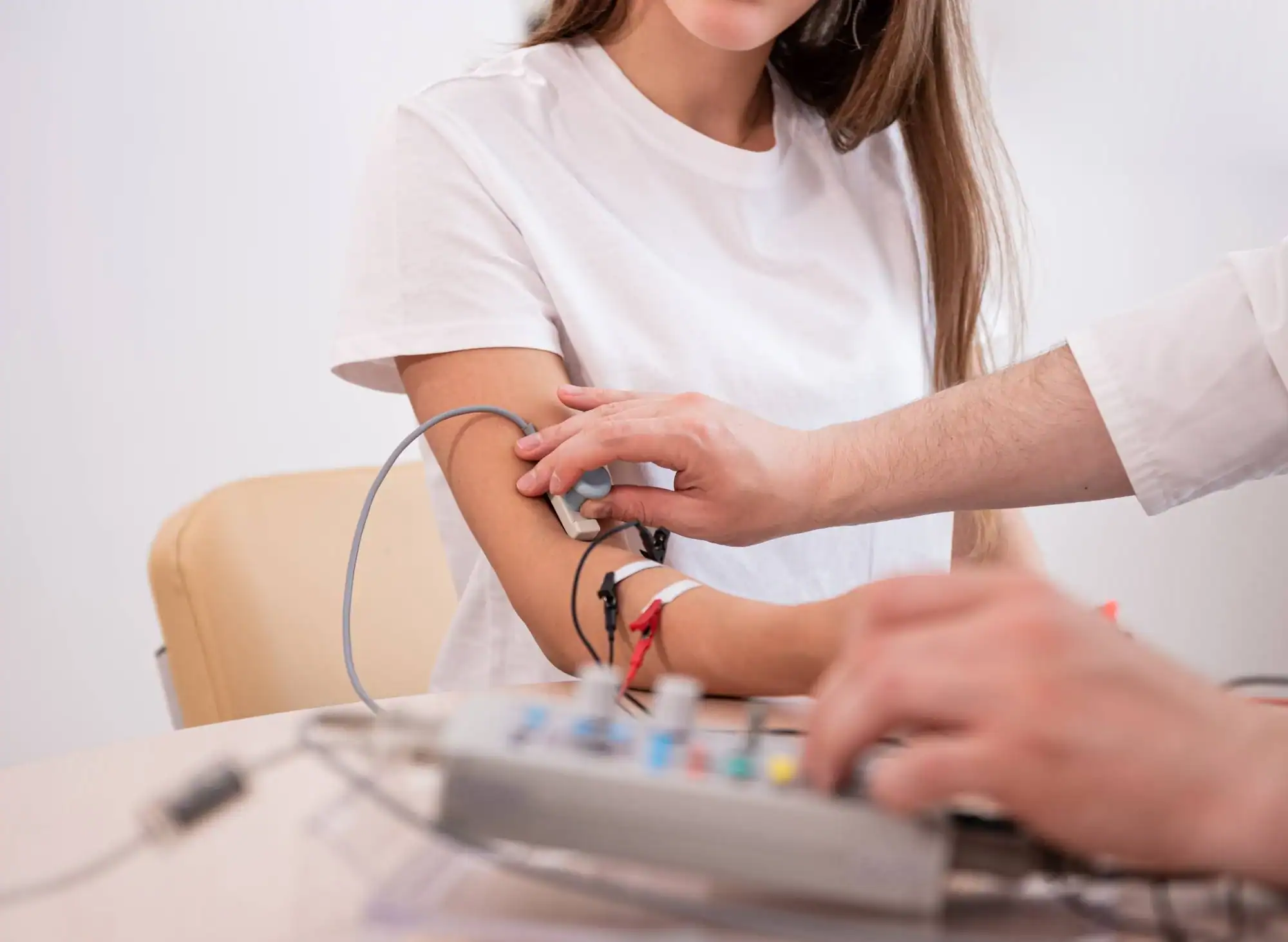
Ready to get started?
Your nerve and muscle testing includes both EMG and nerve conduction studies, not just one or the other. We test the specific areas where you’re having symptoms, plus related areas that might be contributing to the problem.
You get a comprehensive evaluation that looks at nerve speed, muscle response, and the communication between them. The testing covers common conditions like carpal tunnel syndrome, ulnar neuropathy, radiculopathy from spine problems, and peripheral neuropathy from diabetes or other causes.
Most insurance plans cover electrodiagnostic testing when it’s medically necessary. We handle the prior authorization process and work directly with your insurance company. You also get a detailed report that you can take to other specialists or your primary care doctor, so you’re not starting from scratch with the next provider.
